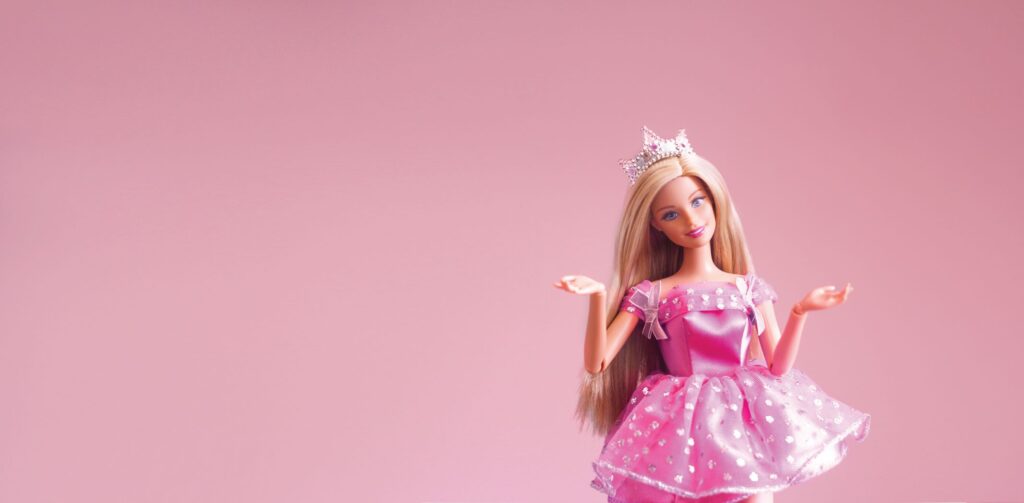3D imagery is now a fully accepted tool in product design and manufacturing, as well as architecture, surgical preparation and training, dental modelling, and geology (to say nothing of the use of 3D animations in the entertainment, advertising and gaming industries). This is all possible using images that could only be rendered in 2D just a few years ago.
With a nod to Aqua’s 1997 pop hit Barbie Girl, we don’t live “in a Barbie world.” We live in a 3D world. Today, virtually anything that can be drawn in 2D can also be rendered and visualized in 3D. The creations of our minds – our innovations, inventions and intangible improvements – can be captured and manipulated digitally, without anything physical ever being constructed.
As is often the case, however, the law doesn’t necessarily keep pace with innovation. Case in point – patent law.
To obtain a patent in the U.S., a patent application must first be filed at the U.S. Patent Office. That application must include a written specification disclosing the “invention” and, if useful to understand that invention, associated drawings.
Our current U.S. patent statutes date from 1952, but these patent application format requirements originated in our first patent law, the Patent Act of 1790. To get a patent at that time, an inventor had to submit a written specification describing the invention (and, where appropriate, a model of the invention) to the Secretary of State – then, Thomas Jefferson. In 1793, U.S. patent law was rewritten to specify that a patent application must include a written description of the invention and the manner of using that invention in such full, clear and exact terms that any person skilled in the art (the technical field for that invention) was enabled to make and use the invention. This “enablement” requirement is still required today under U.S. patent law.
From 1790 to 1880, U.S. patent applications typically included scale models of inventions (i.e., physical three-dimensional models) along with the required written description and drawings, especially for patent applications related to machines. Unfortunately, many of those models were destroyed by raging patent office fires in 1836 and 1877. Submitting a model of an invention is still possible today but is rarely (if ever) done.
This then is the current process for turning an idea into a patent. First, you conceptualize an invention in your mind, maybe even visualize it using 3D graphics (but you don’t need to construct a physical prototype). Then you prepare and file a patent application – all in a 2D writing with 2D drawings – to describe, disclose and “claim” that invention. Each patent claim defines the scope of the patented invention, in word form. That written application is then examined by the U.S. Patent Office and, if deemed patentable, a patent certificate is issued (in 2D, like a paper doll). Since April 2023, each patent certificate is issued in digital form, but as a PDF file (so really, it’s still in 2D).
While now a technical possibility, the use of 3D graphics plays no official role in the patent application process – everything is still done in 2D. There might be an in-person or digital demonstration conducted as part of a Patent Examiner interview, but any 3D digital demonstration file is not made a part of the U.S. Patent Office record.
In terms of issuing U.S. patents, we still live in a 2D world, where each 3D invention is “flattened” to 2D for examination and issuance as a U.S. patent.
If the time ever comes to determine whether a competitor’s product or machine falls within the scope of a patent, the scope of the claims of that patent must then be considered, with the 2D patent “un-flattened” to ascertain whether the words of its claims are broad enough to cover a real-world (i.e., 3D) and allegedly infringing product or machine. Given the evolution of imagery technology, it seems like we could do better.










